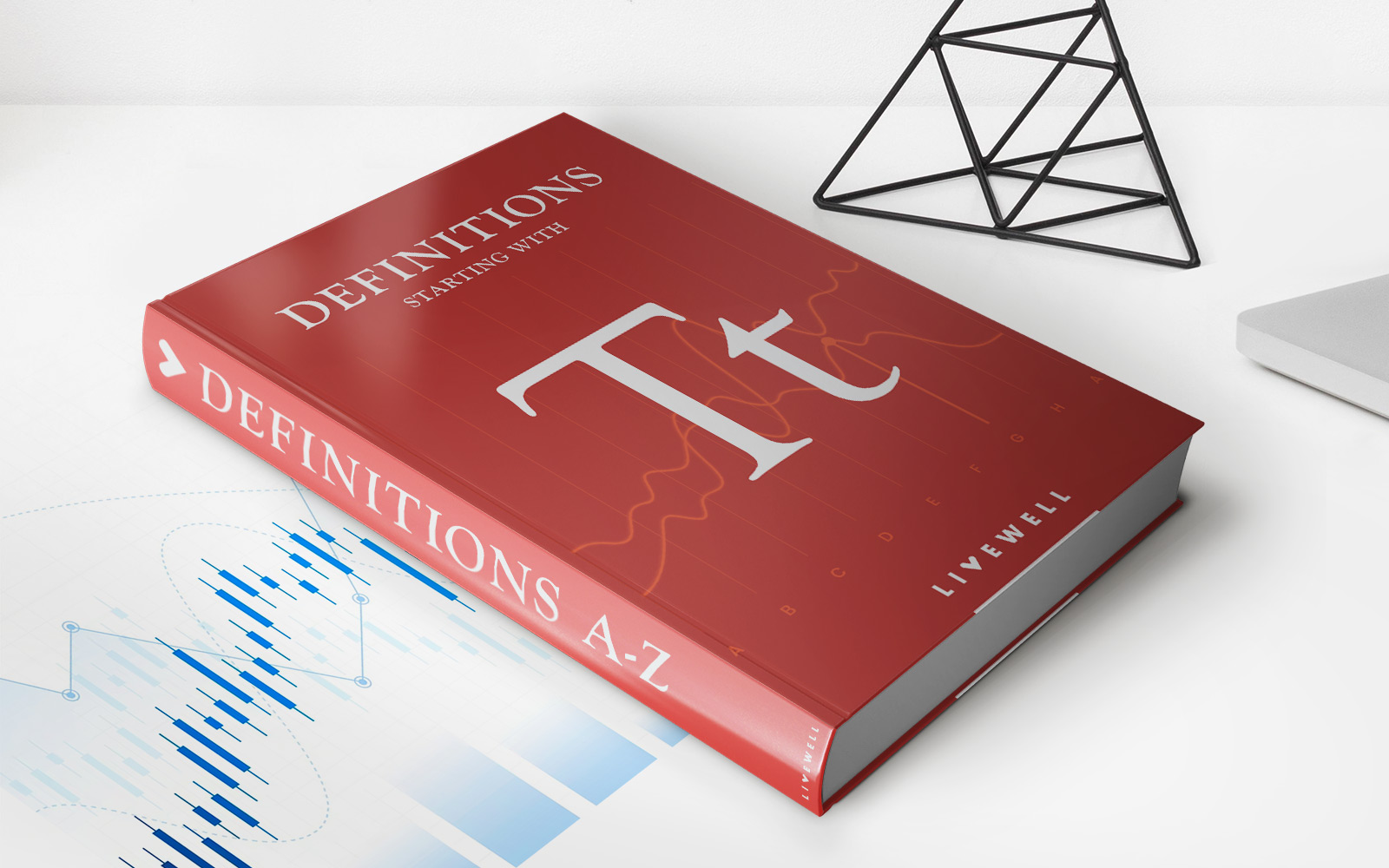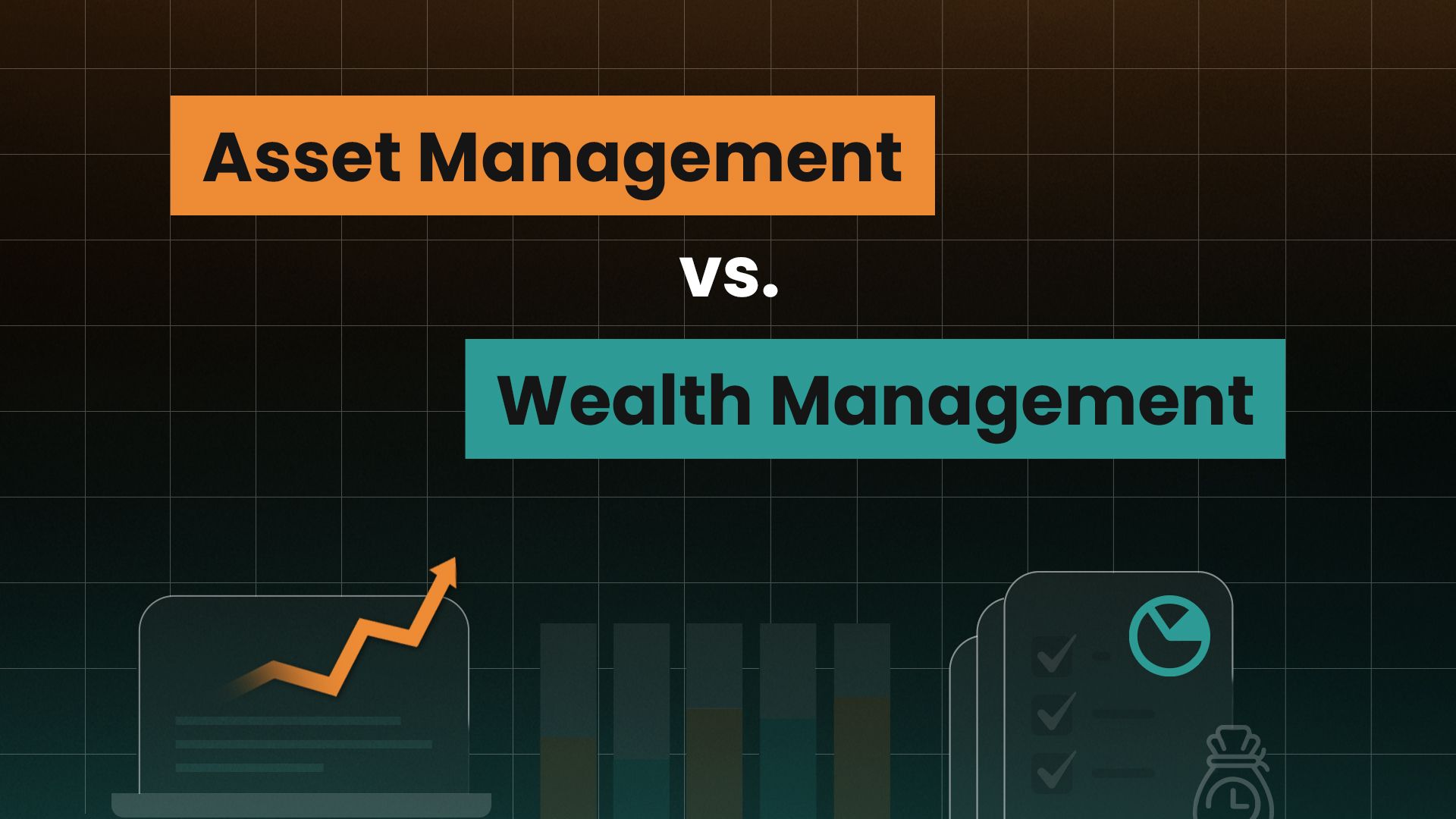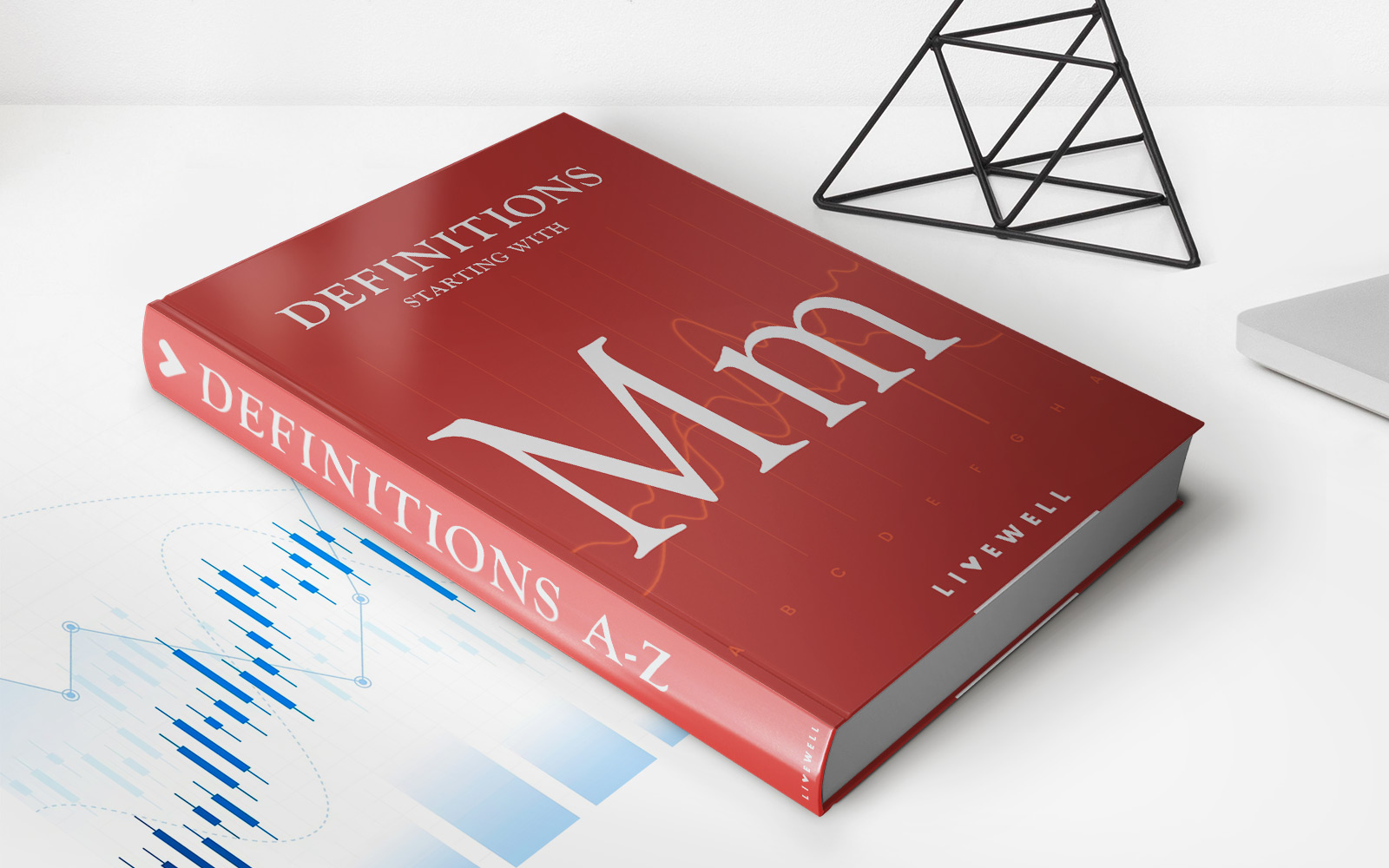Home>Finance>Turnkey Asset Management Program (TAMP): Definition And Types


Finance
Turnkey Asset Management Program (TAMP): Definition And Types
Published: February 11, 2024
Learn about Finance and the definition and types of Turnkey Asset Management Program (TAMP). Discover how TAMP can streamline your financial management.
(Many of the links in this article redirect to a specific reviewed product. Your purchase of these products through affiliate links helps to generate commission for LiveWell, at no extra cost. Learn more)
Turnkey Asset Management Program (TAMP): Definition and Types
Welcome to our “Finance” category where we dive deep into various financial concepts and strategies. Today, we’re going to explore the world of Turnkey Asset Management Programs (TAMPs). If you’ve ever wondered what a TAMP is and how it can benefit your financial endeavors, you’ve come to the right place. Let’s begin!
Key Takeaways:
- A Turnkey Asset Management Program (TAMP) is a service provided by financial institutions that offers comprehensive investment management solutions.
- TAMPs provide advisors with a range of tools, including investment strategies, risk analysis, and portfolio management software.
Now, let’s delve into the intriguing world of TAMPs. A Turnkey Asset Management Program refers to a service offered by financial institutions to financial advisors, providing them with all the necessary tools and resources to manage their clients’ investments effectively. This program acts as a one-stop solution, allowing advisors to focus on their clients’ unique financial goals without the burden of managing investment portfolios.
So, how exactly does a TAMP work? Well, TAMPs typically provide advisors with a complete suite of services, including investment strategies, risk analysis tools, portfolio management software, and much more. These tools are designed to help advisors simplify the investment process, streamline workflows, and deliver customized solutions to their clients.
Now that we understand the basics of TAMPs, let’s explore the different types available:
1. In-House TAMPs:
In-house TAMPs are proprietary programs offered by large financial institutions. These programs are developed and maintained by the institution itself, usually in collaboration with investment experts. In-house TAMPs provide advisors with comprehensive support and typically offer a wide range of investment options to choose from.
2. Outsourced TAMPs:
Outsourced TAMPs, as the name suggests, are managed by third-party organizations. These organizations specialize in providing turnkey solutions to financial advisors and often have a wealth of knowledge and experience in managing investment portfolios. Outsourced TAMPs offer the benefit of utilizing external expertise while freeing up resources for advisors to focus on client relationships and business growth.
3. Hybrid TAMPs:
Hybrid TAMPs combine the best of both in-house and outsourced TAMPs. These programs allow advisors to leverage the expertise and support of third-party organizations while maintaining a certain level of control over investment decisions. Hybrid TAMPs offer flexibility and customization, accommodating the unique preferences and needs of different advisors.
So, why should financial advisors consider utilizing a TAMP? Here are two key takeaways:
- Efficiency: TAMPs help streamline investment processes, allowing advisors to focus more on client relationships and less on administrative tasks.
- Expertise: Utilizing a TAMP allows advisors to tap into the expertise of investment professionals, enabling them to deliver high-quality investment solutions to their clients.
In summary, Turnkey Asset Management Programs (TAMPs) provide financial advisors with a comprehensive suite of tools and resources to effectively manage their clients’ investments. With different types of TAMPs available, advisors can choose a solution that aligns with their specific requirements and preferences, whether that be an in-house, outsourced, or hybrid TAMP. By leveraging the power of a TAMP, advisors can enhance efficiency, tap into expertise, and ultimately deliver better outcomes for their clients.














